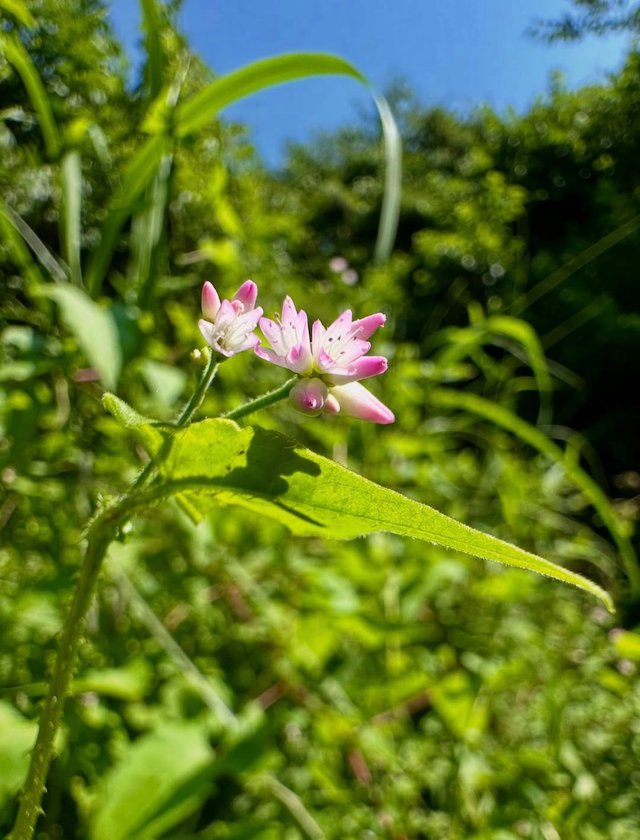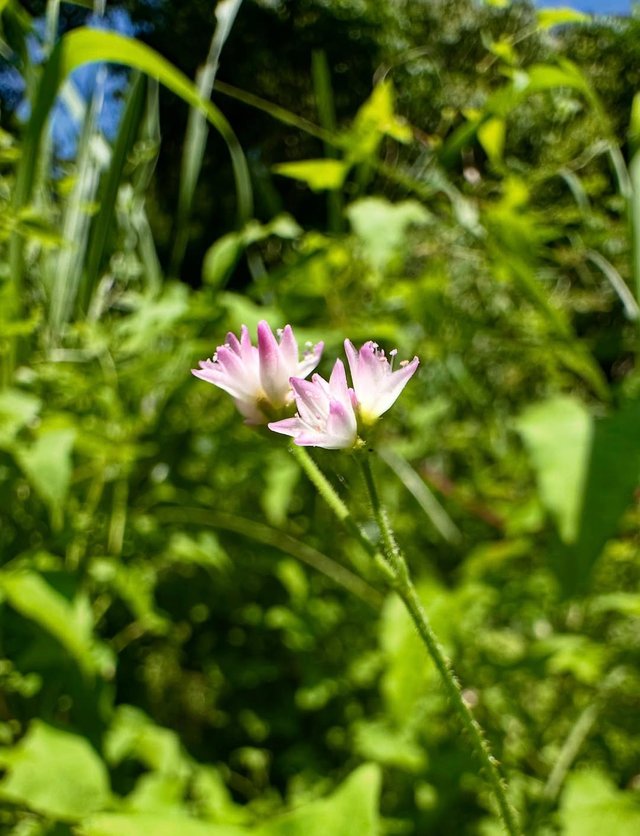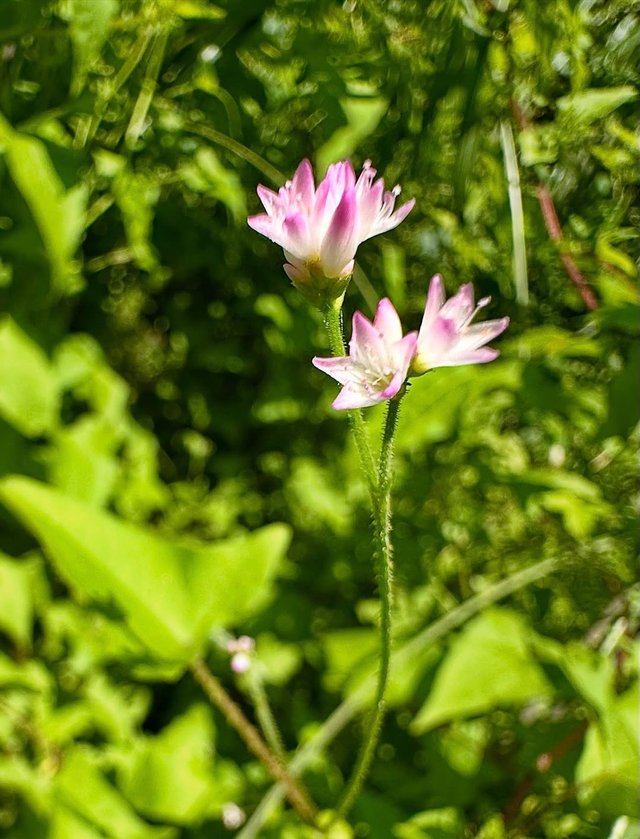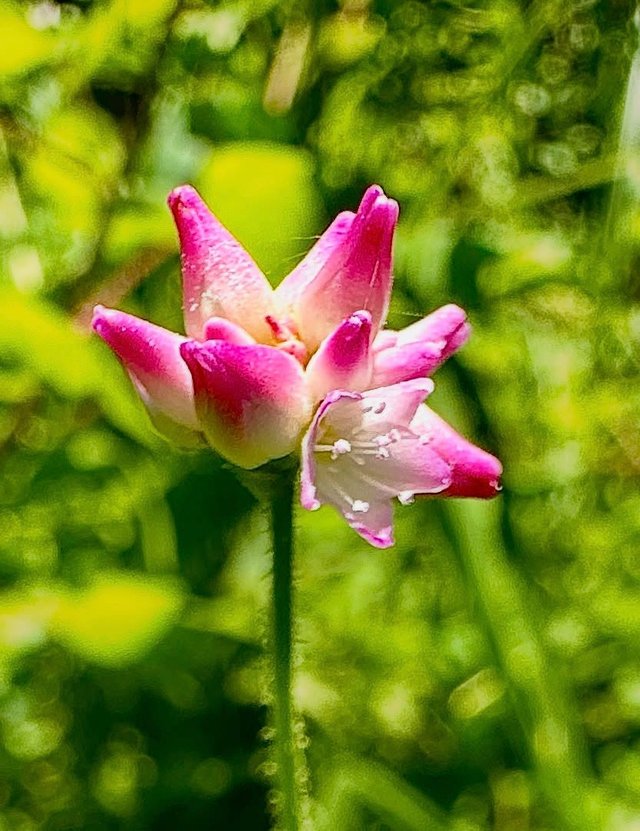Buckwheat
In the ever-evolving world of nutrition and sustainable agriculture, buckwheat is making a strong comeback — and for good reason. Despite its name, buckwheat isn’t actually wheat. It’s not even a true grain! Instead, it’s a seed from a flowering plant closely related to rhubarb and sorrel. This humble “pseudo-cereal” has been cherished for centuries across Asia and Eastern Europe, but now it's capturing the attention of health-conscious eaters, farmers, and food scientists worldwide.
Buckwheat isn’t just good for people — it’s also a bee-friendly crop. The flowers are rich in nectar, attracting pollinators and supporting biodiversity. Farmers often plant buckwheat as a cover crop to suppress weeds, prevent erosion, and enrich the soil between harvest cycles.
Buckwheat is a hidden gem — a plant that nourishes the body, supports the planet, and connects us with culinary traditions from around the world. Whether you're making hearty pancakes, slurping soba, or growing your own buckwheat to feed the bees, this versatile seed has something to offer everyone.



